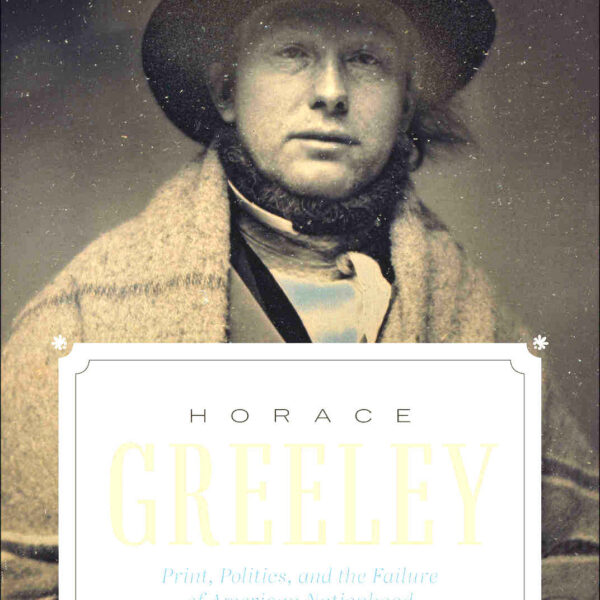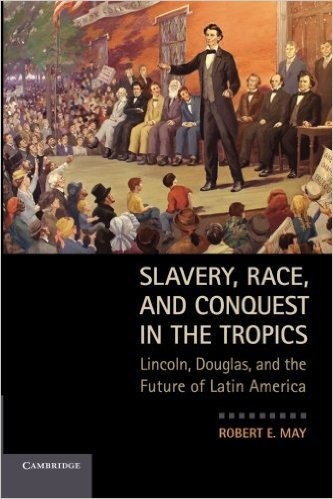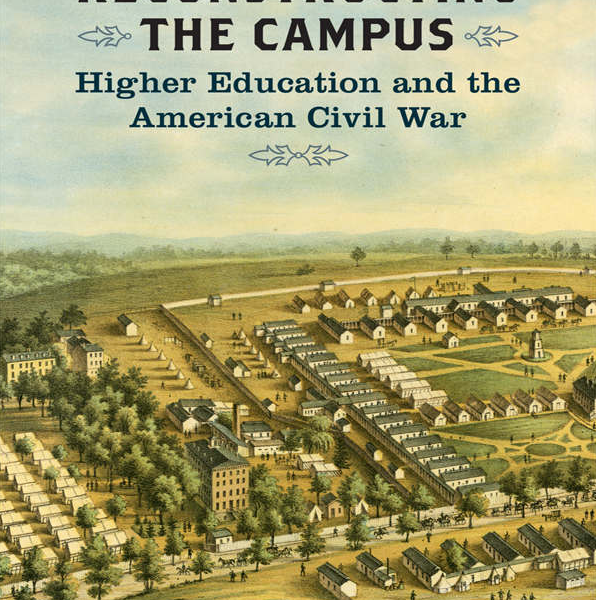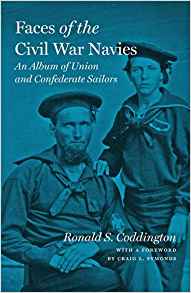A Crooked River: Rustlers, Rangers, and Regulars on the Lower Rio Grande, 1861-1877 by Michael L. Collins. University of Oklahoma Press, 2018. Cloth, IBSN: 978-0806160085. $29.95.
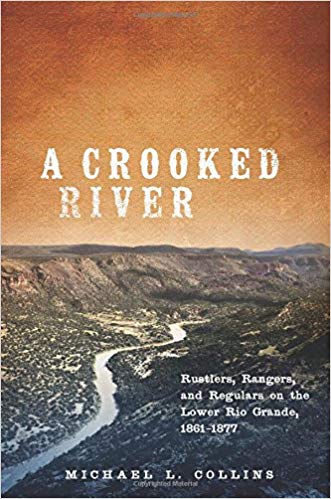 “It has often been said,” Michael L. Collins observes, “that civilization began along the banks of great rivers. In the case of the Lone Star State, however, it should be said that civilization—at least by Texas standards—devolved into savagery along a crooked river that flows between the two North American nations” (3). This provocative sentence provides important insight into the subject of the book—the Rio Grande Valley—and the bitter struggles that ensnared people from both nations. Unlike other rivers, the Rio Grande is easily crossed, and people frequently moved from one side of the border to the other. Throughout the volume, Collins studies the people who made this region their home and the challenges they faced. He pays particular attention to the U.S. Civil War, the French Intervention in Mexico, Reconstruction, and cattle rustling.
“It has often been said,” Michael L. Collins observes, “that civilization began along the banks of great rivers. In the case of the Lone Star State, however, it should be said that civilization—at least by Texas standards—devolved into savagery along a crooked river that flows between the two North American nations” (3). This provocative sentence provides important insight into the subject of the book—the Rio Grande Valley—and the bitter struggles that ensnared people from both nations. Unlike other rivers, the Rio Grande is easily crossed, and people frequently moved from one side of the border to the other. Throughout the volume, Collins studies the people who made this region their home and the challenges they faced. He pays particular attention to the U.S. Civil War, the French Intervention in Mexico, Reconstruction, and cattle rustling.
This is not the first time Collins has analyzed this portion of Texas. A Crooked Riveris a sequel to his previous volume Texas Devils: Rangers and Regulars on the Lower Rio Grande, 1848 – 1861. In that book, Collins traced interactions between John S. “Rip” Ford, Ben McCulloch, Sam Houston, Robert E. Lee, and Juan Cortina to explore how persistent forms of lawlessness and chicanery on both sides of the new border influenced U.S./Mexico relations. Both volumes, therefore, “may provide a reappraisal of events for those who search for greater understanding and perhaps even a reconciliation with the past—no matter how uncomfortable the truth” (7-8).
Collins seeks, in both books, to refute an older vision (most notably enunciated in the work of historian Walter Prescott Webb) that the Texas Rangers were the good guys in the white hats. In this telling, Mexicans became either villains or helpless dupes. Although the myth of the Texas Ranger virtue remains strong, Collins ably illustrates the need for nuance; neither nation held a monopoly on virtue or vice. In sum, Collins argues that the legacy of the Rio Grande Valley is one of cultural and racial conflict, and “the border wars of the 1860s and 1870s were but another chapter in the ongoing racial and cultural conflict for supremacy over the Rio Grande Valley” (6).
A Crooked River begins in 1861 with the U.S. Civil War, roughly where Texas Devils ends. Collins does not offer a pleasant picture of the Rio Grande Valley, noting “the human scenery included the most seamy and sordid elements on this barbaric frontier. Drifters, deserters, saddle tramps, desperadoes of every type and description, depraved men, most with a loathsome past, they were the dregs of the border” (16). Lynchings occurred regularly, and rebels routinely massacred Unionists fleeing Texas. Juan Cortina played an outsized role in Mexican political and economic life and switched sides in Mexico’s French Intervention at his convenience. Perhaps unsurprisingly, Cortina’s old foe “Rip” Ford opposed both Cortina and Union forces in Texas. Ford had a cult following among Texans and, when word spread that he was returning to command, “hundreds of Texans responded to Ford’s call and assembled near Alamo Plaza, so many of them that the colonel could not maintain an accurate daily count” (54).
As the Civil War concluded, many rebels sought to escape through Texas into Mexico during the early years of Reconstruction. Although Collins provides some analysis of the diplomatic maneuvering by U.S. officials about the French presence in Mexico, his account of a critical period, 1865-1867, felt rushed. He is correct that the U.S. Civil War and the French Intervention were dual civil wars. However, he could have done more to illuminate how the simultaneous conflicts altered both nations. He sensibly concludes that many people never stopped fighting, even after the wars officially ended. In sum, plenty of rebels, “no matter how far they traveled or what they did, for the rest of their days they would never be able to leave the war behind them. For them, the fight would never be over. Their memories—and their prejudices—never left them. And their enemies would always be just over their shoulder” (98).
Warfare had a tremendous impact on the region and reinforced “the tragic traditions that had long ruled the border: the twin terrors of private violence and public vigilantism” (99). Skinning wars, cattle rustling, and violence created an explosive set of circumstances in the Rio Grande Valley. The cattle trade promoted corruption and criminals frequently formed effective working relationships with people on the opposite side of the border. Large bands of criminals from both nations battled government agents for control of a volatile region. Furthermore, contrary to popular belief, Collins demonstrates that not all cattle thieves were Mexican. Plenty of Anglo-Americans participated in the contraband trade. Eventually, South Texas stockmen and farmers, both Texans and Tejanos, utilized vigilantism to combat rustlers. This, however, made events substantially worse and reinforced the tendency of both sides to reach for violence. The appearance of railroads in Texas, “predictable, if not inevitable” (122), also aggravated the situation.
President Ulysses S. Grant eventually sent a three-man commission to tour the border. The commission discovered “Mexican bandits, often joined by Texas outlaws and former Confederates, intimidated law-abiding citizens on both sides of the Rio Grande” (130). They recommended a beefed-up U.S. military presence. On the orders of his superiors, Ranald S. Mackenzie crossed the river and raided into Mexico. “By almost every white man’s measure, Mackenzie’s daring raid across the border would be judged a military success,” (166) although it complicated the U.S./Mexico relationship (167). Collins spends considerable time discussing Leander H. McNelly’s command of a special force of state troops. Governor Richard Coke understood the need for action because “swarms of border bandits struck farther into Texas, and with greater boldness and frequency. Everywhere they rode, they left a trail of blood and destruction” (172). McNelly had no patience with regulator bands and threatened to put vigilantes down by force. His tactics proved almost as brutal as the bandits he was trying to suppress. However, he became, as did Ford, McCulloch, and Coffee “Jack” Hays, “an almost mythic hero to many in South Texas—and a villain to others” (236).
Throughout A Crooked River, Collins makes a concerted effort to show how good and bad people lived on both sides of the border. He also discusses how, in the interest of pacifying a troubled region, people frequently succumbed to brutality. Nevertheless, one can see in this volume a deep respect and admiration for the law-abiding residents of this region on both sides of the border who did their best, with limited means, to carve out lives for themselves amidst lawlessness. Hopefully, Collins plans to continue his analysis of the Texas Rangers in another volume, because his lucid analysis of race in the Rio Grande Valley sheds light on contemporary debates. This book will appeal to a popular as well as a scholarly audience.
Evan C. Rothera is a Lecturer in the Department of History at Sam Houston State University.

